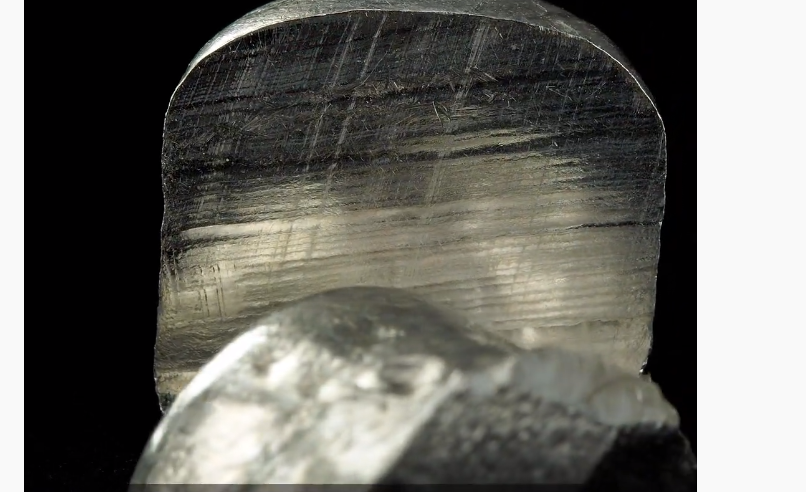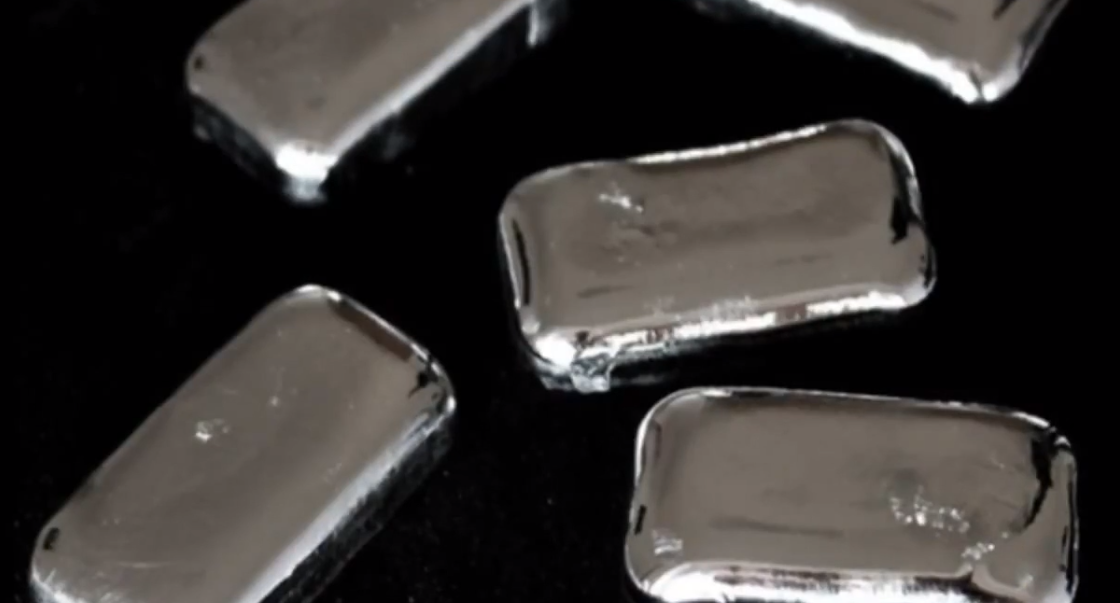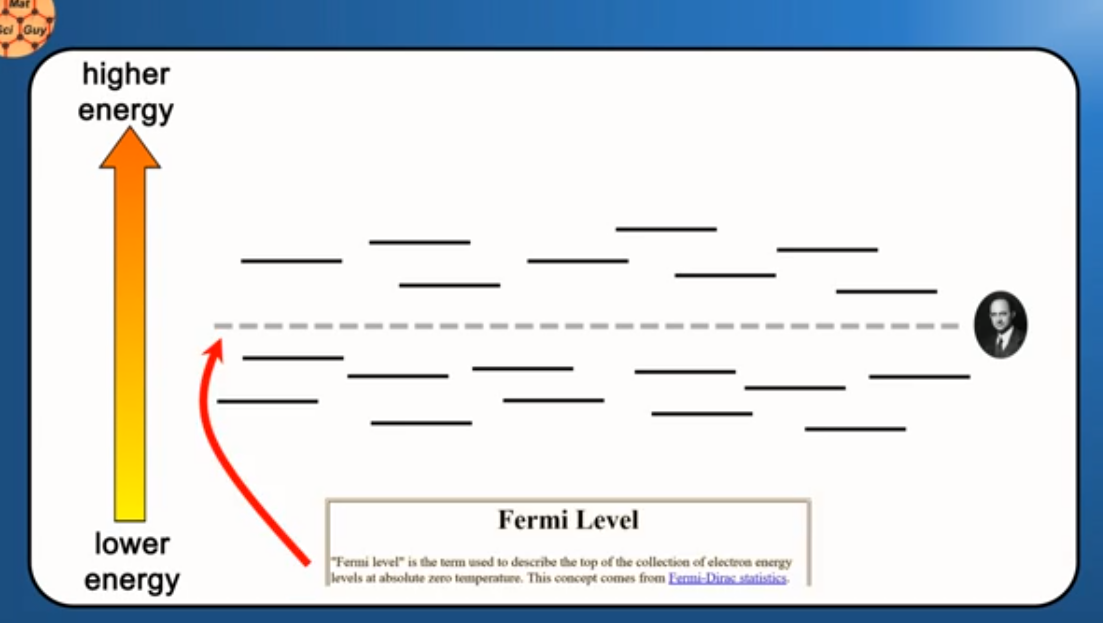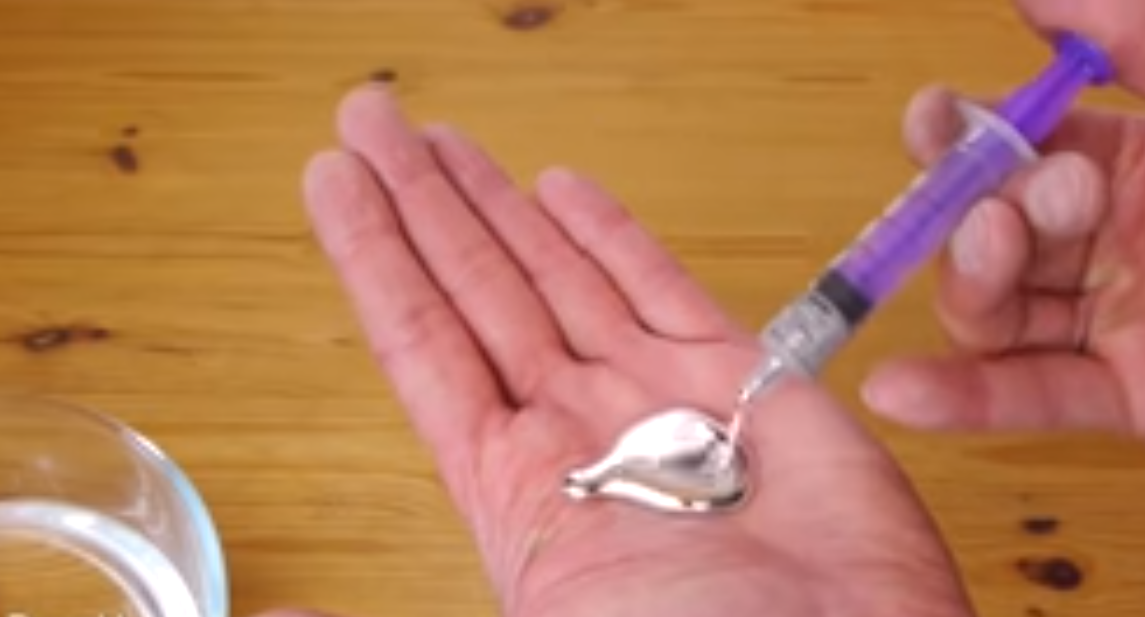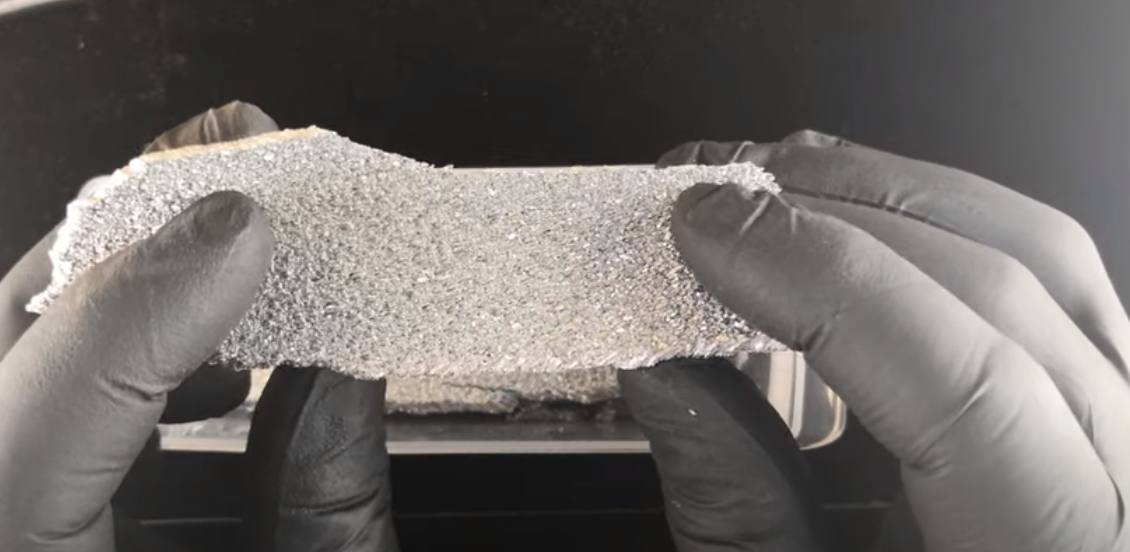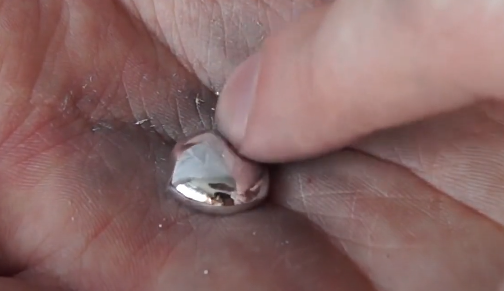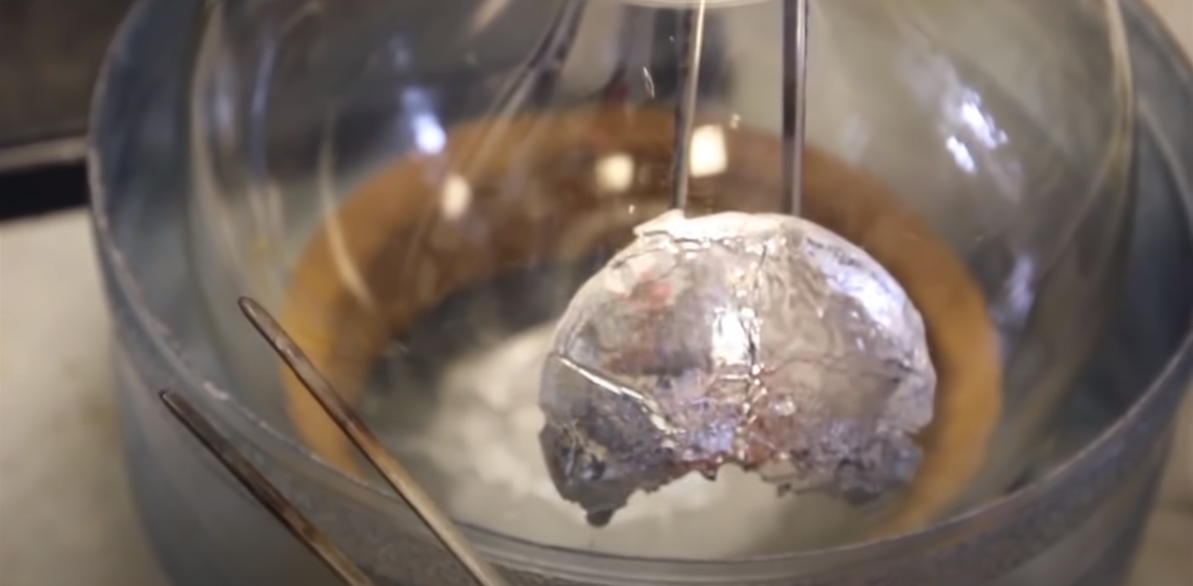Latest Video
Indium: a metal that can be bitten through
Introduction Indium is a fusible, sparkly, silvery-white metal with a melting point of 157°C (314°F).This temperature is one of the reference points on the international temperature scale. It is soft enough to cut with a knife or bend with your hands… or even bite through! If you bend a piece of indium, you will hear a crunch – a testament to changes in the metal’s crystal lattice. Indium ions tint flames indigo. History of discovery German scientists Ferdinand Reich and Jerome Richter discovered indium in 1863. Reich was studying a zinc ore, sphalerite, hoping it would contain a sample of the newfound element thallium. As Reich was colorblind, he asked his colleague Richter to check the spectrum for him. The scientists were surprised: instead of the green line they were expecting, Richter noticed a rich violet-blue line that had not been seen before. Reich and Richter realized that they had found a new element. They called it the Latin word indicum – "purple" or "indigo." The scientists later quarreled over who discovered this element, with Richter claiming to be the sole discoverer. Richter continued seeking this metal. Three years later, an indium ingot weighing 0.5 kg was demonstrated at the Paris Universal Exposition. Nature Pure indium metal can be found in nature, but most of it is produced as a byproduct when melting zinc ore. Based on current consumption, scientists suggest that its supply will meet human needs for just the next 13 years.
More Video
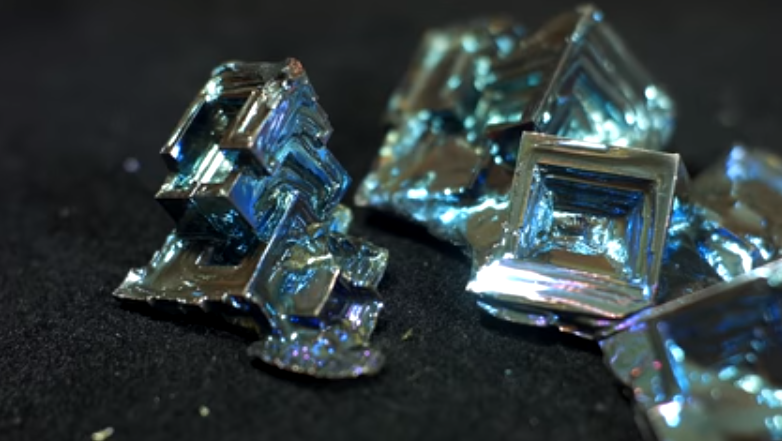
Bismuth is non-toxic and has a number of very interesting properties. For best results I recommend using at least 4 or 5 pounds of bismuth for the surface crystallization method demonstrated in the video. The deeper the pool of bismuth is in the pan the better, because the crystals will have extra room to grow before they touch the bottom. The more you use the more impressive your results will be.
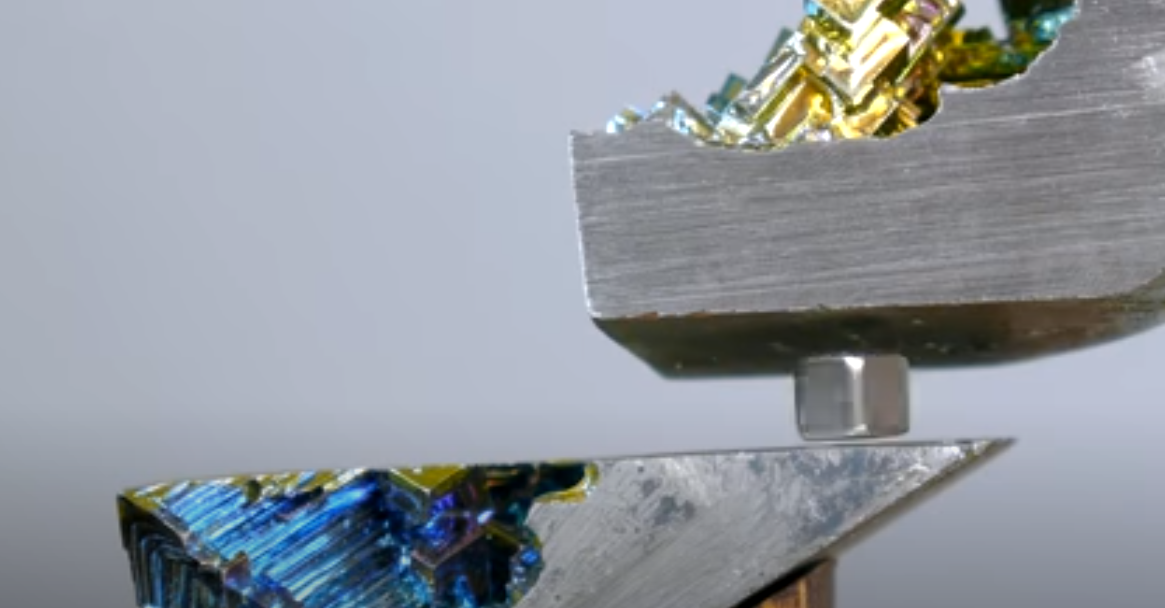
How to levitate a magnet with no batteries, external power, or trickery. It floats on pure SCIENCE! Strong magnets can be really dangerous, especially if you have more than one. The 1" cylinder magnet that I use for this project could break bones if you let your hand get between it and another large magnet as they snap together. Smaller magnets that are pulled against a larger one might shatter on impact and fire out sharp chips. I recommend eye protection while working with them. Lastly, don't purchase strong magnets if you live around anyone with a pacemaker. Pacemakers are adjusted magnetically and could malfunction if exposed to strong magnetic fields
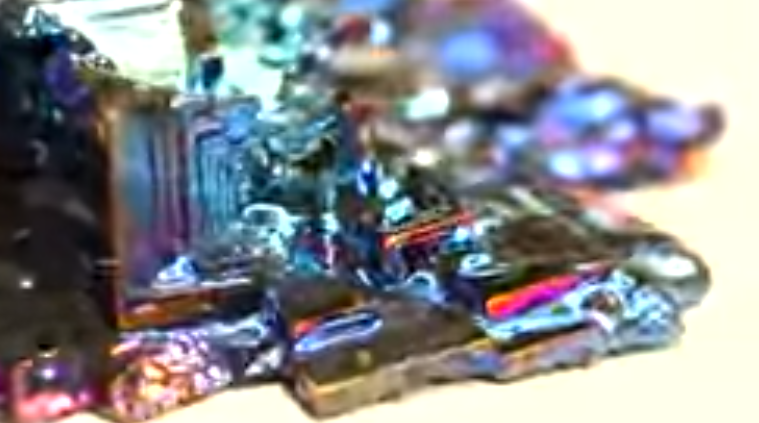
Bismuth is a chemical element with a very low melting point for metal. You can melt this on your stove and it crystallises into incredible shapes. While it's cooling, oxidation on the surface produces different colours depending on the temperature in that particular area, so you can get some amazing rainbow effects. Sadly this is NOT a holo crystal since it doesn't change colour when you move it.
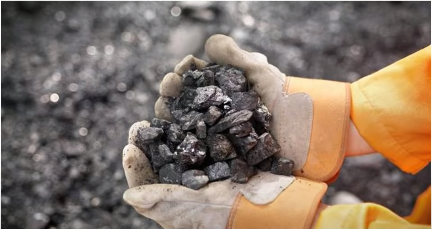
The King of New Materials in 2019: Germanium and Rare Earth [Science Exploration] Technology, Cancer, Gastric Cancer, Liver Cancer, Lung Cancer, Alcoa, Tuina, Respiratory Diseases, Solar Energy, Asthma, Skin Diseases, Chemistry, Diabetes, Metallurgy, 2019 New Materials King: Germanium and Rare Earth [Science Exploration] Technology Cancer Gastric Cancer Liver Cancer Lung Cancer Alcoa Tuina Respiratory Tract Solar Energy Asthma Dermatology Chemistry Diabetes Metallurgy Anecdote Anecdote Scientific Exploration Popular Encyclopedia Interest Knowledge Little Knowledge

